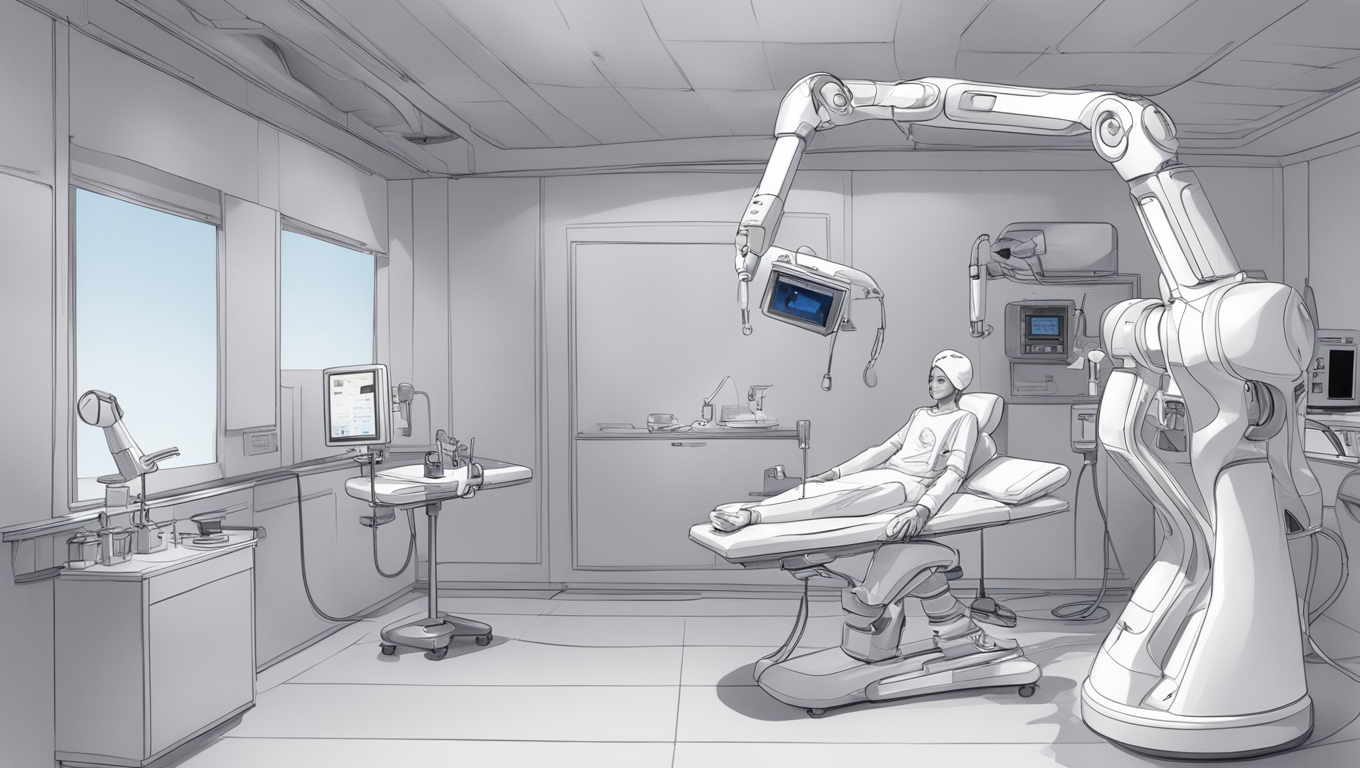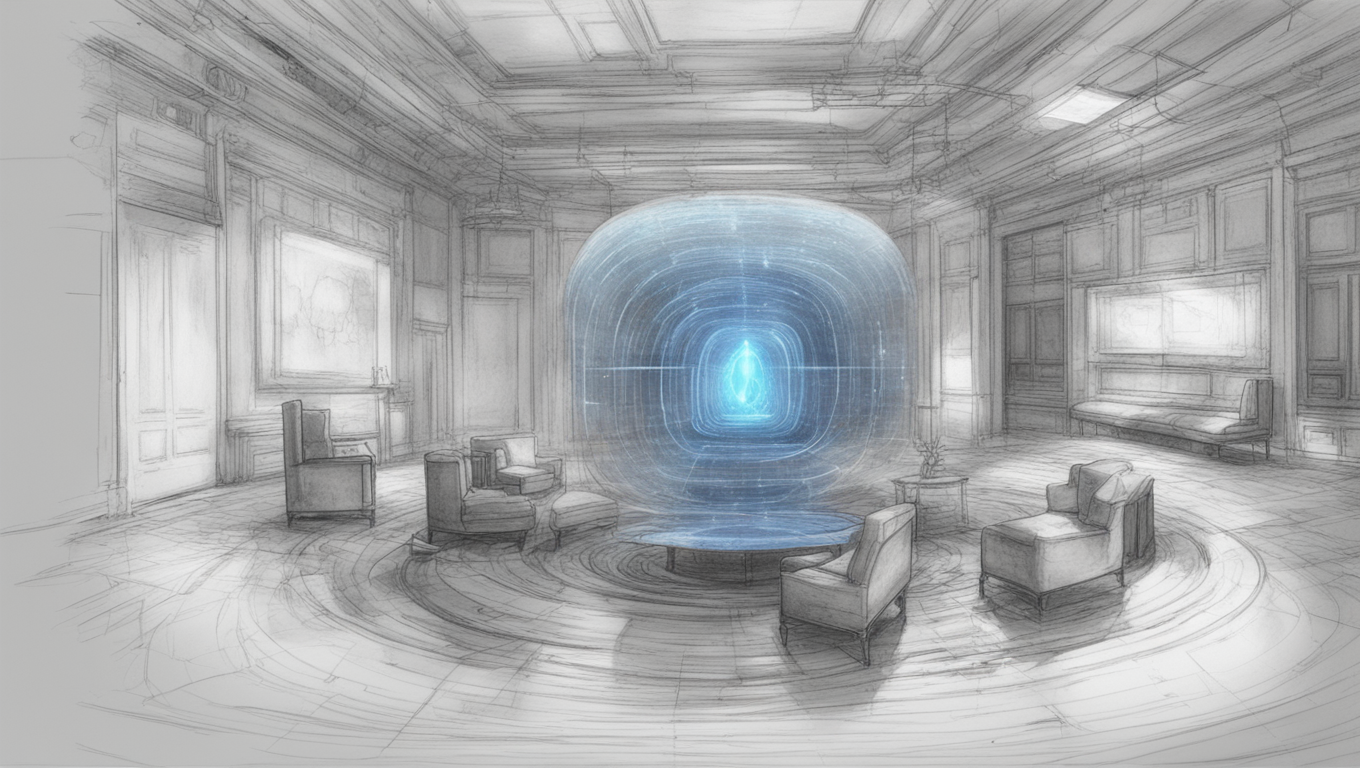A team of scientists from China and Canada has introduced an astonishing breakthrough in the field of medical diagnostics with the deployment of FARUS, a fully autonomous ultrasound robot for thyroid scans. Utilizing artificial intelligence, FARUS is able to perform high-quality ultrasound exams and identify malignant nodules without any human assistance. The study, led by researchers at the South China University of Technology (SCUT), has been published in the prestigious journal Nature Communications.
According to the researchers, the results obtained by FARUS were “close” to those obtained by human doctors. This autonomous ultrasound robot incorporates human skeleton recognition, reinforcement learning, and physical force feedback to complete the scanning process independently. The system scans the thyroid area, records the nodules found, and provides characteristic data for diagnosis and treatment.
Performing thyroid ultrasounds can be physically and cognitively exhausting for sonographers and radiologists. Furthermore, the interpretation of these scans can vary significantly between doctors, leading to delays in diagnosis and treatment. In response to these challenges, various autonomous ultrasound robot systems have been proposed, but integrating them into a clinical setting has proven to be challenging due to the need for a high level of perception and control while ensuring patient safety.
FARUS, however, has successfully addressed these challenges, providing a convenient tool for the detection, localization, and classification of thyroid nodules. The robot “doctor” first instructs the patient to turn their head for the application of ultrasound gel. It then moves a probe on the patient’s neck, adjusting its position based on AI reasoning. The robot can also adjust its position and force if the patient moves during the exam.
What sets FARUS apart is not only its ability to provide an accurate and efficient diagnosis but also its adaptability to different examination situations. While traditional thyroid examinations require a patient to lie down and remain still, FARUS can perform the test while the patient is comfortably seated upright. The entire scanning process, from searching for the thyroid to force control, image quality optimization, and suspected nodule detection, is completed autonomously.
In comparing the results of exams made by FARUS with those of human doctors on the same patients, the researchers found that the robot system identified the same patients who required medical intervention on their nodules. However, it is worth noting that some smaller nodules and low-contrast ones presented challenges, leading to missed detections and possible false positives.
The study also involved conducting surveys to gauge patient experiences. While some patients expressed anxiety about the procedure, the majority reported feeling safe and experiencing no pain or discomfort during the exam. The researchers emphasized that although FARUS exhibited promising results in scanning for nodules and cancer-risk data, further clinical studies are crucial to assessing its safety as a screening tool for potentially malignant nodules.
With its potential to revolutionize the field of thyroid scans, FARUS can be implemented in hospitals, outpatient clinics, and remote areas as a non-invasive, rapid, and accurate screening strategy for early warning of thyroid nodule development. As Professor Du Guanglong of SCUT remarked, “This system can perform high-quality ultrasound, close to manual scans obtained by clinicians, effectively promoting medical efficiency.”
The introduction of FARUS marks an extraordinary development in the world of medical diagnostics, demonstrating the power of artificial intelligence and robotics in providing accurate and efficient healthcare. As the technology continues to evolve and improve, it opens up new possibilities for the future of medical examinations and diagnoses.+





Use the share button below if you liked it.